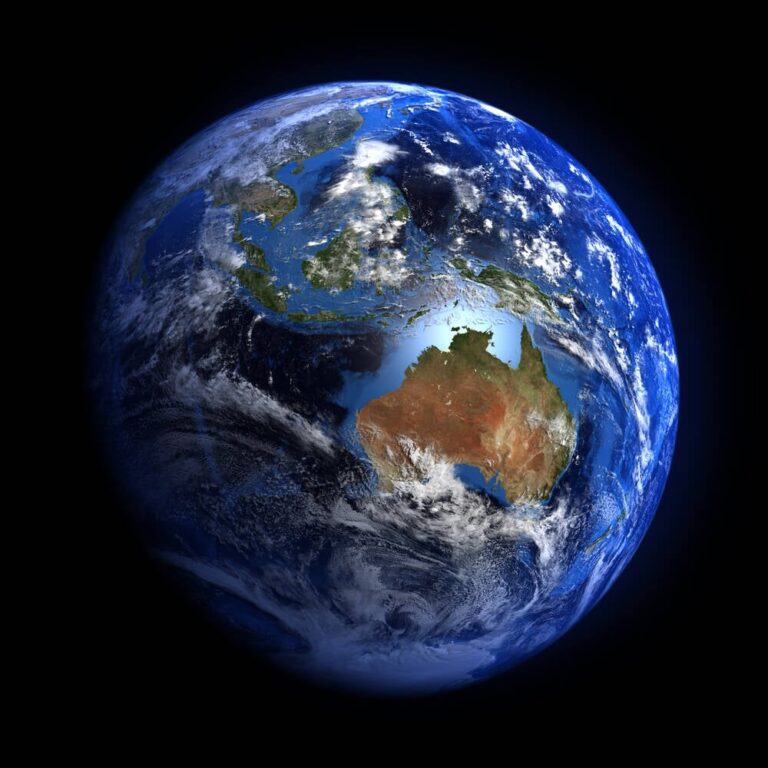[ad_1]
Google announced that it is partnering with Chile's state-run infrastructure fund Desarrollo Pais and the French Polynesia Postal and Telecommunications Authority (OPT) to build the first-ever submarine cable between South America and Asia-Pacific.
The 9,200-mile (14,800-km) cable runs from Chile through the South Pacific to Australia.
Undersea cables already exist that connect Asia and North America across the Pacific Ocean, including Southern Cross Next and future lines such as Hawaiki Nui. Additionally, lines like Curie, Google's first ever dedicated cable, are already connecting downward from California to Chile.
But Google says Humboldt will interconnect the cables that make up the South Pacific Connect initiative announced in October, which will also connect French Polynesia and Chile, creating a more direct route from Australia to South America. It's planned.
Desarrollo Pais and Singapore-based BW Digital subsidiary H2 Cable issued a call for proposals to build the cable in August 2022. The proposed pipeline route would connect Valparaiso, Chile, to Sydney, Australia, with a possible branch to Chile's Juan Fernandez Islands, Easter Island, New Zealand, and an internet-hungry Antarctica.
“Direct fiber optic network connectivity between South America and the Asia-Pacific region has been an ambition of the Chilean government since 2016, and we are partnering to make this vision a reality,” Google said in the post. .
Desarrollo Pais said the $400 million cable will make Chile “the gateway for data transport from Asia-Pacific to Latin America.”
French Polynesia President Moetai Brotherson said the Humboldt project will “continue to advance French Polynesia's digital economy and keep Tahiti at the forefront of innovation.”
Patricio Rey Sommer, General Manager of Desarrollo Pais, revealed that after many years of “dedicated work”, the project is now in the concrete phase. Completion is scheduled for 2026.
The US State Department commented on the project: “The Humboldt Cable is a concrete example of the potential for greater economic cooperation in the Americas.”
In addition, the Cyberspace and Digital Policy Directorate (CDP) will provide $15 million to “enable access to fast, secure, interoperable and reliable internet connectivity” in several Pacific Island countries. He added that he plans to make a contribution.
“This is one way the U.S. government is working with U.S. companies to enable the expansion of sustainable and reliable internet infrastructure,” the paper said.
The United States faces some competition when it comes to helping Pacific countries build infrastructure. In May 2022, China offered to help South Pacific countries improve their network infrastructure using its own technology.
While some may welcome aid from China, others, like the former president of the Federated States of Micronesia, would prefer to do without it. ®
[ad_2]
Source link


